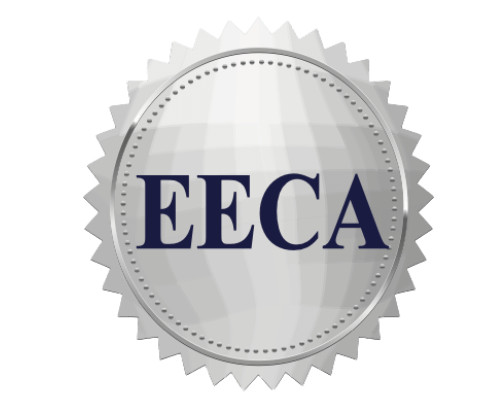How to Value a Small Business for Sale: A Comprehensive Guide
GCF Value
NOVEMBER 12, 2024
This method operates on the Principle of Substitution, which states that a buyer will not pay more for an asset than the price of a similar, comparable asset. Key comparability factors include revenue, cash flow, margins, and sale prices relative to Price to Earnings (P/E) ratios. Steps to Conduct a Business Valuation 1.











Let's personalize your content